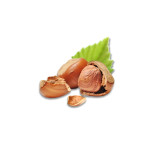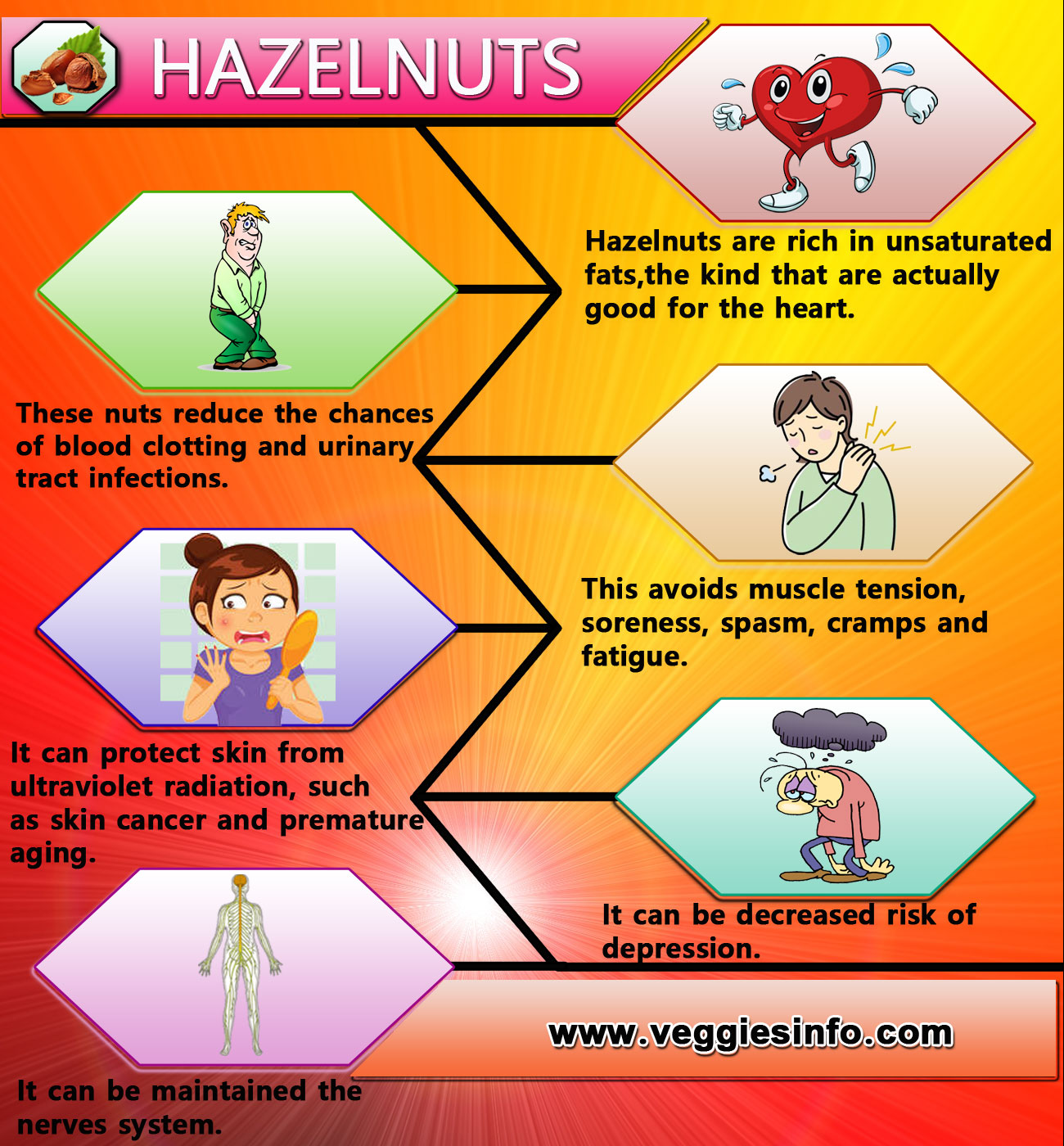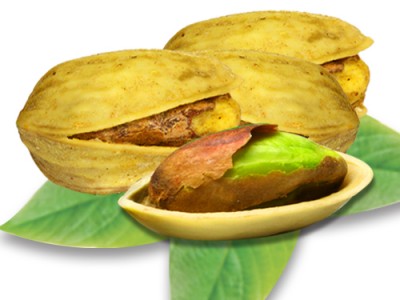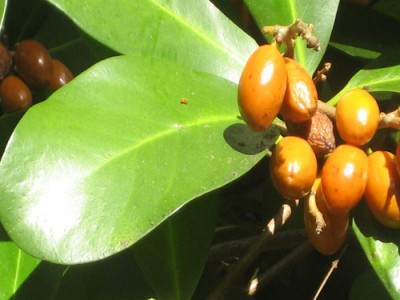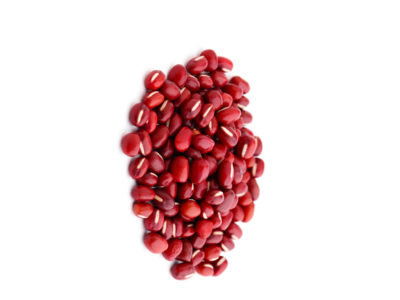
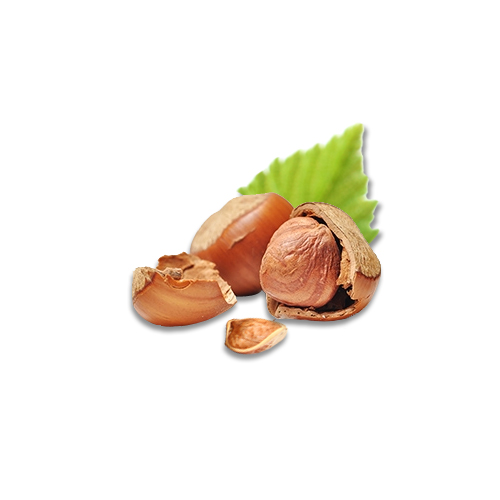
Hazelnuts Nutrition Value and Health Benefits
Hazel Nuts
Hazelnuts (Corylus avellana), also known as filberts or cobnuts, that has its origins in the Mediterranean belt spread across Turkey and Spain, are produced by hazel trees, which grow in temperate climates in many parts of the world, although they are native to Europe and Asia. They have been part of the human diet for about 5,000 years. During all these times, the nuts were believed to cure everything from baldness to stomach aches. Hazelnut wood comes in use to make bows. Late August is the time when hazelnuts ripen, which is the best time to find the flavourful nuts. Most grocery stores carry hazelnuts year round, often unshelled and raw. Sometimes hazelnuts are sold preserved in their own oil.
Uses of Hazelnuts
The distinctive mild bitter flavour of these nuts makes them perfect to be used as ingredients in savory and sweet dishes. Hazelnuts are usually paired with chocolates. The intensely flavoured hazelnut oil is used as cooking oil. Hazelnut butter is a pleasant and nutritious spread, and hazelnut is also used as a flavouring agent for coffee.
The hazelnut shell is brown, glossy and a bit ovoid. Shelled hazelnuts still have a bitter dark brown skin, which most of the people remove before cooking the nuts. At many times, hazelnuts are toasted before consuming to add to their mild flavour. The nuts are used to mix in with stuffing and on a variety of other desserts. They also yield scented oil. One of the oldest agricultural crops, hazelnut is either hand-picked or mechanically harvested, depending upon the zone on earth.
How it is Grown
Some of these are grown exclusively for specific qualities of the nut; these qualities include large nut size and early and late-fruiting species, whereas others are grown as pollinators. Most of the commercial hazelnuts are propagated from root sprouts.
Variants of the hazelnut include: Barcelona, Butler, Casina, Clark, Cosford, Daviana, Delle Langhe, England, Ennis, Fillbert, Halls Giant, Jemtegaard, Kent Cob, Lewis, Tokolyi, Tonda Gentile, Tonda di Giffoni, Tonda Romana, Wanliss Pride, and Willamette.
Health Benefits
They contain about 75% mono-unsaturated fat and less than 4% of saturated fat. High amount of dietary fibers can be obtained out of hazelnuts, and Manganese and Copper are remarkably high in share in these nuts.
- Hazelnuts are rich in essential oils and provide a fairly balanced mixture of minerals and vitamins.
- High proanthocyanidin content of these nuts reduce the chances of blood clotting and urinary tract infections.
- They help reduce the risk of cardio-vascular diseases.
- The nuts are high in folate content which leads to a decreased risk of neural tube birth defects and depression.
Nutrition Values
Hazelnuts are rich in various essential dietary supplements required by the human body for proper growth and maintenance. The nutritional value of hazelnut per 100 g is as follows:

